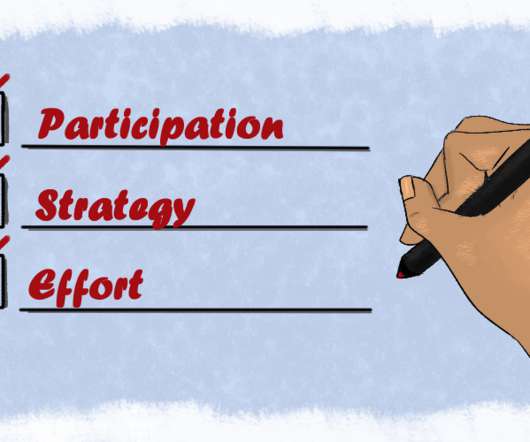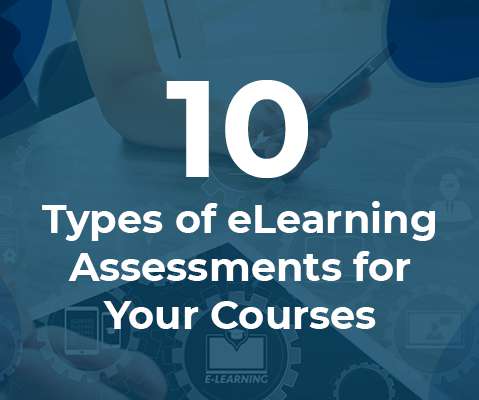Grow the Human Skills: Critical Thinking, Creativity, Collaboration, and Communication
.orgSource
APRIL 17, 2023
The technology promises to upend the way business operates. The 4Cs or critical thinking, creativity, collaboration, and communication complement technology and will serve any organization well in competitive markets. A collegial attitude that contributes to productive relationships. Don’t be a team in name only.















Let's personalize your content